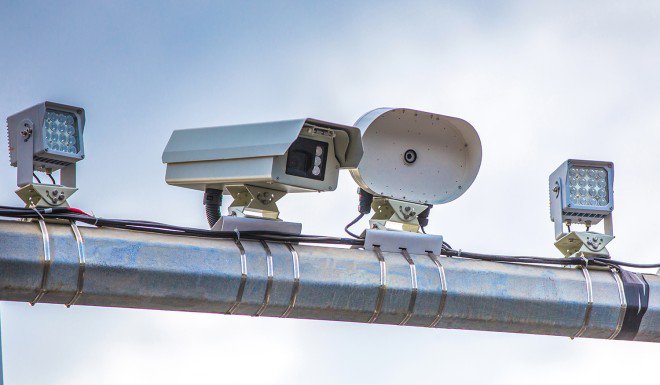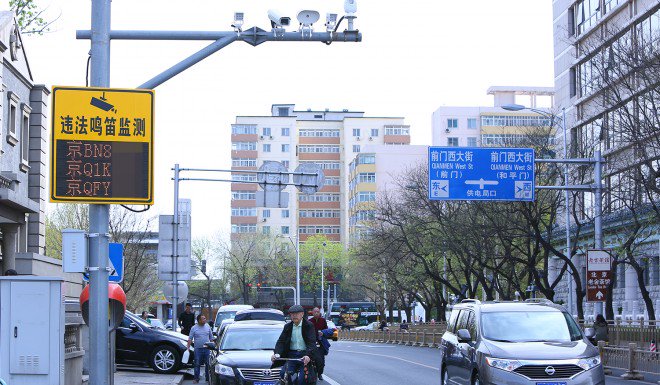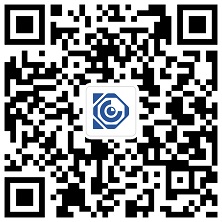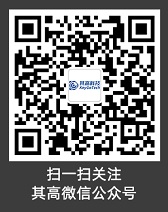《南华早报》声学相机抓拍违法鸣笛
2018年04月21日 11:00
2018年4月20日,其高科技技术总监魏敦楷先生接受《南华早报》采访,详细解答了关于鸣笛抓拍的技术背景和系统目前在国内的使用情况。
以下是本次采访的英文报道,转载自inkstonenews.
Few things get on people’s nerves more than unnecessary car honking.
But in Beijing, it’s about to be a thing of the past.
The Beijing Traffic Management Bureau has installed 20 honking recognition systems near hospitals and schools throughout the city.
Every time a car honks, the acoustic camera will locate the source.
The “acoustic camera” system consists of a 32-microphone array, a high-definition camera, a display screen, a flash and a processing system.
Once a car honks, the microphones zero in on the source of the sound. The camera will then capture the image of the car’s license plate and film a two-second video.
It happens almost instantaneously.
Police officers can then use the data to determine whether the driver honked their horn under reasonable circumstances. If not, the offender gets a ticket from the authorities.

Horn control
Honking has been illegal in most areas in Beijing since 2007, with offenders being slapped with $16 fine.
But the law was ineffective in deterring most rude drivers, as it proved difficult to collect evidence.
That’s all changed now.
During development, Wei says it proved difficult to distinguish between car horns and other noises; and the microphone array had trouble isolating the source of honking if vehicles were too close together.
But he says such challenges have been now been overcome and the recognition system claims an accuracy rate of 92-95%.
Apart from Beijing, the devices have been installed in about 40 Chinese cities including Shenzhen and Chongqing, according to KeyGo Tech.
Wei says that initial data shows that the devices have been able to lower the amount of urban honking by two-thirds.

The firm believes that there is a huge market for the technology, which it says has other potential uses as well.
“Noise pollution is a huge issue, and about 40% of environmental complaints received by the government are related to noise pollution,” Wei says. “This device can be used to regulate noise pollution too.”
But for the time being, the device has already helped the drivers of Beijing to rein in their tempers.







